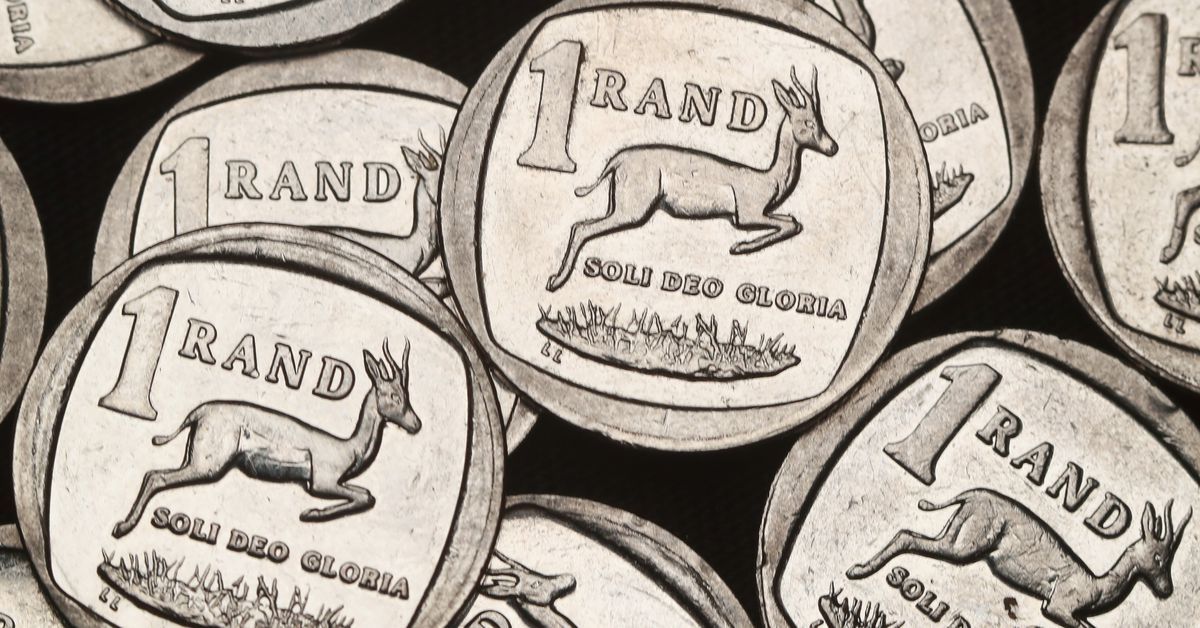News
Consumer Confidence Slides Again as South Africans Tighten Their Belts

South Africans are feeling the pinch, again. The country’s consumer confidence index (CCI) has slipped deeper into negative territory, dropping from -10 to -13 in the third quarter of 2025, according to the FNB/Bureau for Economic Research (BER).
While not as bleak as the bruising -20 reading earlier this year, the latest numbers still point to a fragile economy where households are struggling to keep their heads above water.
Middle Class Feeling the Heat
The sharpest drop came from middle-income households, where sentiment nosedived from -7 to -16. These families, often juggling bond repayments, school fees, and rising living costs, appear to be under the most strain.
Both the household finances and economic outlook sub-indices took a knock, with South Africans feeling less optimistic about their personal money matters and the broader economy. And when it comes to buying durable goods, big-ticket items like furniture, cars, and appliancessentiment remains stuck at a grim -20.
Economist Mamello Matikinca-Ngwenya of FNB pointed out that the pressure on middle-class households is mounting, even as low-income households reported a slight improvement, thanks in part to above-inflation increases in social grants.
Relief for Some, Pressure for Others
Low-income households, surprisingly, reported a bounce in confidence. Analysts say this is partly because social grants are cushioning the blow of rising food prices. By contrast, middle-class families, who don’t benefit from grants but face higher taxes, dwindling pension withdrawals, and weak job growth, are feeling squeezed from all sides.
High-income households fared slightly better, buoyed by the strong performance of the JSE and a stronger rand. But across the board, the sense of uncertainty about the future is growing.
Debt Stress on the Rise
For many households, debt is the storm cloud hanging overhead. Economist Annabel Bishop of Investec warned that overdue loan balances are climbing fast, growing at twice the pace of total balances. For the first time since 2023, the number of loans in default is rising again, a worrying signal that some South Africans are borrowing beyond their means.
Interest rate cuts over the past year were expected to help, but they haven’t been enough to lift sentiment or ease the pressure on consumers.
Why Confidence Matters
Economists agree that confidence is the lifeblood of growth. Without it, households spend less, businesses scale back, and investors shy away. As Dawie Roodt of the Efficient Group bluntly put it: “We do not have confidence in South Africa. Not only consumer confidence, but investor confidence too. And that tells you future economic growth is also going to be low.”
Professor Waldo Krugell from North-West University added that consumer spending, already fragile, will likely drag down sectors like retail, restaurants, and local tourism.
A Wider Malaise
The average CCI since 1994 has stood at -1. That means the current -13 reading isn’t just a blipit’s a deep red flag. South Africans are more pessimistic today than during much of the democratic era, despite inflation being relatively subdued compared to past crises.
Dr Eliphas Ndou of Unisa summed it up: smaller repo rate cuts may offer momentary relief, but they won’t solve the fundamental problem, the economy simply isn’t creating enough jobs.
For millions of South Africans, the story of 2025 has been one of resilience tested by relentless headwinds: rising costs, weak job creation, and an uneasy future. With consumer confidence plunging, household spending is likely to stay muted and that means tougher times ahead for the economy at large.
The question now is whether policymakers can find ways to restore the one thing money can’t buy: confidence.
{Source: IOL}
Follow Joburg ETC on Facebook, Twitter , TikTok and Instagram
For more News in Johannesburg, visit joburgetc.com



























